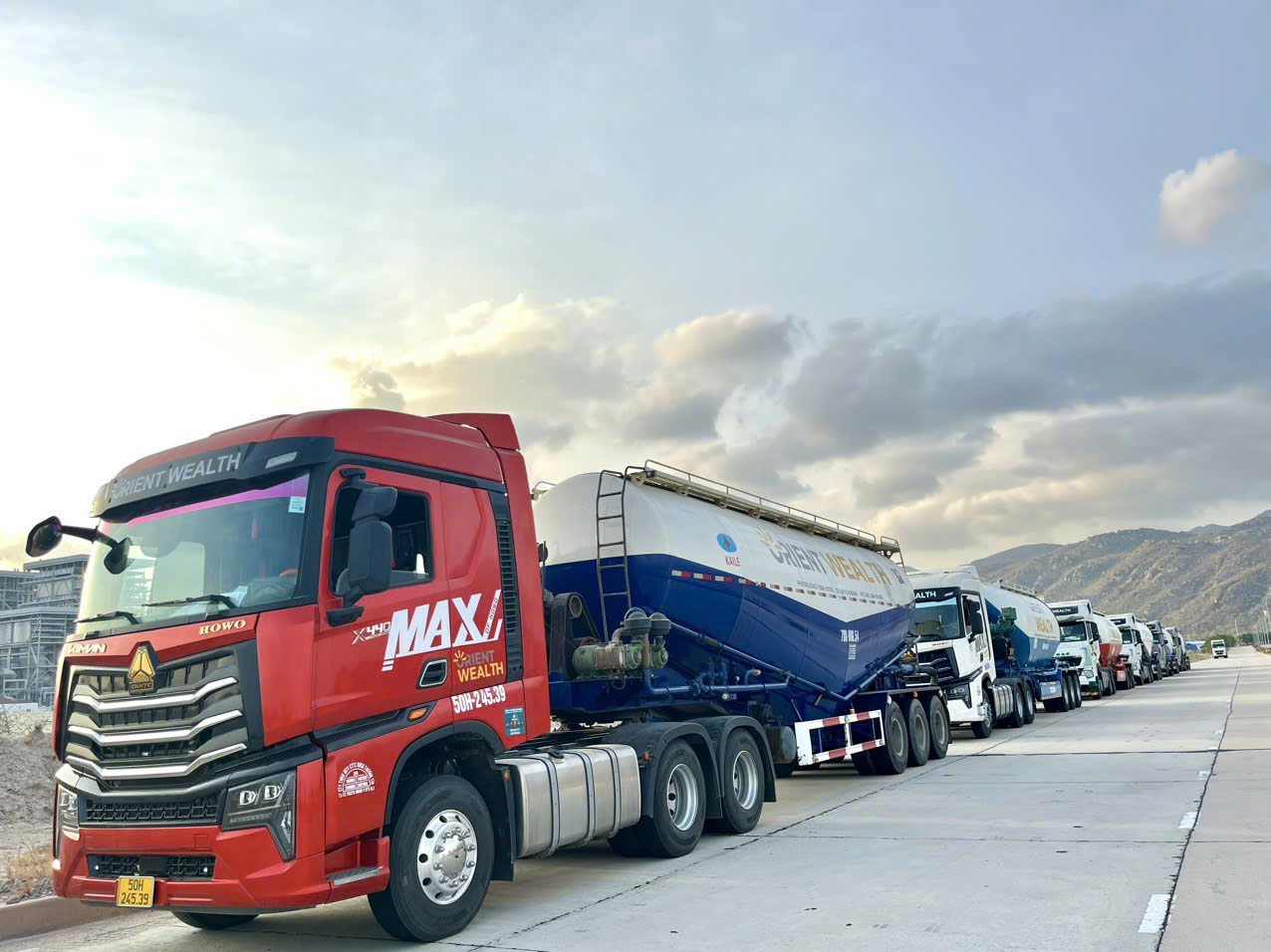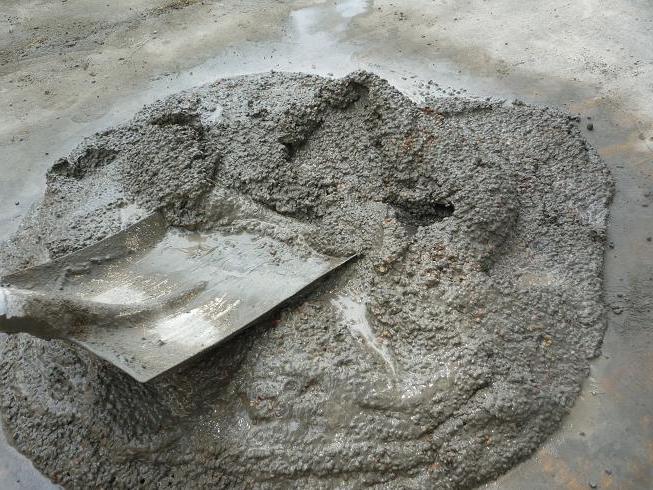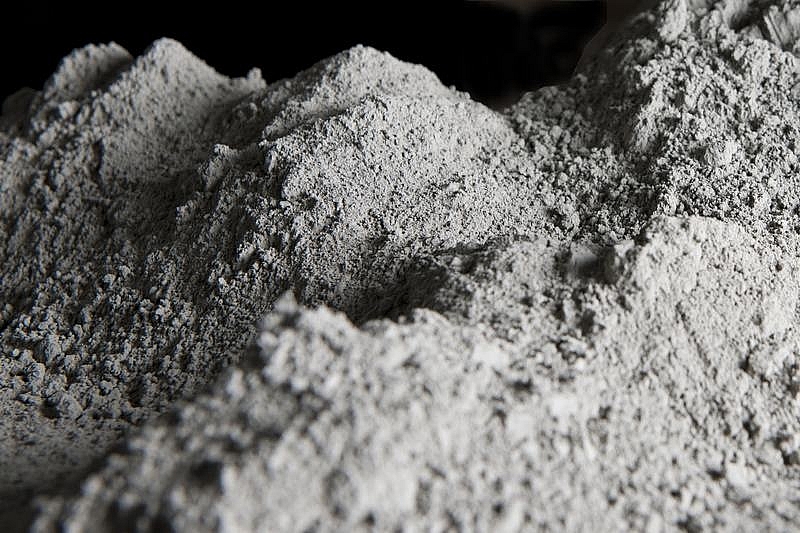Orient Wealth is Vietnam’s distributor, exporter of cement and clinker.
Cement and fly ash play a pivotal role in modern construction and infrastructure development. Cement is a fundamental binder used to create concrete and various building materials, while fly ash—often generated as a byproduct in coal-fired power plants—offers economic and environmental benefits when incorporated into cement-based products. As the demand for large-scale construction projects continues to grow worldwide, the transportation of these materials must be carefully planned and executed.
In particular, vehicle transportation serves as one of the most flexible and widely utilized methods for moving cement and fly ash. Whether using trucks, rail, or other specialized carriers, companies must consider multiple factors such as packaging, load capacity, safety, and cost-effectiveness. Furthermore, adhering to regulatory standards and ensuring minimal environmental impact are equally important goals. This introductory section sets the stage for an in-depth exploration of vehicle transportation strategies, challenges, and solutions specific to shipping cement and fly ash.
The Importance of Cement and Fly Ash
Cement remains an indispensable material in the construction industry, serving as the primary binding agent for concrete, mortar, and various other materials. Its high compressive strength and versatility make it an ideal choice for foundations, bridges, and high-rise buildings. Fly ash, on the other hand, is increasingly recognized as a valuable supplement or partial replacement for traditional cement. Its inclusion can enhance the workability and durability of concrete mixtures while also reducing the carbon footprint associated with cement production.
An essential aspect of transporting cement and fly ash is maintaining their quality to ensure optimal performance at the construction site. Poor handling can result in contamination or moisture ingress, compromising the strength and consistency of the final product. Additionally, market trends indicate a growing shift toward sustainable practices, encouraging the use of materials like fly ash to reduce environmental impacts. Understanding the critical role of cement and fly ash sets the foundation for strategic transportation planning.
Methods of Vehicle Transportation
Vehicle transportation for cement and fly ash typically involves trucks, rail freight, or a combination of both. Each method presents distinct advantages:
- Trucking: Ideal for short-to-medium distances, trucking offers flexibility and direct door-to-door service. Specialized cement trucks with pressurized tanks or pneumatic trailers help maintain product quality and minimize spillage. Fly ash can be transported in sealed tankers or in bulk bags to prevent dust contamination.
- Rail Freight: Suitable for large volumes and long distances, rail transport reduces road congestion and can be more cost-effective when operating in bulk. However, rail infrastructure may not always be readily available near the production facility or construction site.
- Intermodal Solutions: A combination of truck and rail is often employed to leverage the benefits of both. For example, materials might be loaded onto rail cars at the production site and then transferred to trucks for final delivery.
When deciding on the method, businesses must evaluate factors such as proximity, volume, timelines, and cost, ensuring an optimal balance between efficiency and flexibility.

Handling Procedures and Safety Measures
Proper handling of cement and fly ash is critical to preserving product integrity and ensuring worker safety. Several key procedures and measures include:
- Loading and Unloading: When using pneumatic or pressurized trailers, operators must adhere to standard operating procedures to avoid leakage or spills. Fly ash, being highly fine, should be handled in enclosed systems to prevent dust from escaping.
- Personal Protective Equipment (PPE): Workers involved in loading and unloading should wear masks, goggles, gloves, and protective clothing. Cement and fly ash particles can cause respiratory and skin irritation if protective measures are not in place. :))
- Storage Considerations: Interim storage facilities, such as silos or bulk storage containers, should be equipped with ventilation and dust-control systems. Proper labeling and hazard communication are essential.
- Equipment Maintenance: Regular inspection and maintenance of vehicles, hoses, and transfer systems reduce the risk of contamination and mechanical failure.
- Training and Compliance: Ongoing training ensures that personnel remain aware of the latest safety protocols and regulatory requirements, minimizing accidents and improving overall efficiency.
Adhering to these measures safeguards product quality, protects personnel, and maintains compliance with industry and governmental standards.

Logistics Planning and Cost Optimization
Efficient logistics planning is paramount in the transportation of cement and fly ash due to their high volume and critical impact on project timelines. Key components of a robust logistics plan include:
- Route Optimization: Utilizing route-planning software and GPS tracking can significantly reduce travel time and fuel costs. Strategic scheduling, such as avoiding peak traffic hours, further enhances efficiency.
- Load Management: Consolidating shipments whenever possible optimizes vehicle utilization. This includes mixing cargo types if they are compatible, thereby reducing the number of trips required.
- Inventory Control: Maintaining appropriate inventory levels prevents bottlenecks or material shortages. Real-time monitoring with integrated software provides visibility across the supply chain.
- Contract Negotiations: Long-term partnerships with carriers or rail operators can secure favorable rates and priority scheduling. Volume-based discounts and flexible service agreements are beneficial for large, recurring shipments.
- Environmental Considerations: Cost optimization should not overlook sustainability. Reducing idling time, using fuel-efficient vehicles, and exploring alternative energy options can lower both costs and carbon emissions.
By focusing on these factors, companies can minimize overhead, improve reliability, and ensure that cement and fly ash reach their destinations on schedule and within budget.
Challenges, Solutions, and Future Trends
Transporting cement and fly ash presents specific challenges in terms of regulations, environmental impact, and technological demands:
- Regulatory Compliance: Different regions may have varying rules for handling and transporting hazardous or semi-hazardous materials. Companies must stay updated on legal requirements to avoid fines and operational halts.
- Environmental Concerns: Cement production is carbon-intensive, and fly ash, while eco-friendly in many respects, can pose dust pollution challenges. Strategies such as using covered vehicles and adopting dust suppression technologies can mitigate these issues.
- Infrastructure Limitations: In regions with limited rail or roadway networks, logistics planning becomes more complex. Developing partnerships or investing in local infrastructure can provide long-term benefits.
- Digital Transformation: Emerging technologies like IoT-based tracking, automated vehicles, and data analytics help streamline operations. Predictive analytics can forecast demand and optimize routes in real time.
- Future Trends: The push toward sustainable materials will likely increase the use of fly ash, driving demand for efficient transportation solutions. Electric trucks, alternative fuels, and stricter environmental regulations will shape the logistics landscape.
Staying ahead of these challenges involves proactive planning, investment in modern technology, and a commitment to sustainable practices.
Conclusion and Recommendations
Vehicle transportation is a critical link in the supply chain for cement and fly ash, materials that form the backbone of the construction industry. Proper handling and efficient logistics strategies not only preserve product quality but also foster workplace safety, environmental stewardship, and cost savings. By choosing the right mode of transport—be it truck, rail, or a combination—companies can align operational goals with broader market demands for sustainability and reliability.
Key recommendations include:
- Prioritize Safety: Invest in PPE, training, and equipment maintenance to minimize accidents and product spoilage.
- Optimize Routes and Loads: Leverage technology to reduce travel time and costs, and maximize vehicle utilization.
- Maintain Regulatory Compliance: Stay informed of legal requirements to avoid penalties and operational disruptions.
- Adopt Green Initiatives: Consider modern truck fleets, dust control systems, and alternative fuels to reduce environmental impact.
- Collaborate and Innovate: Develop partnerships with logistics providers and explore cutting-edge technologies like IoT and automated vehicles.
By focusing on these areas, businesses can ensure a resilient, forward-thinking supply chain that meets the challenges of an evolving construction landscape.

